The Labyrinth
Anna Adams '06, Sharifa Samuels '05, Emily Wu '06
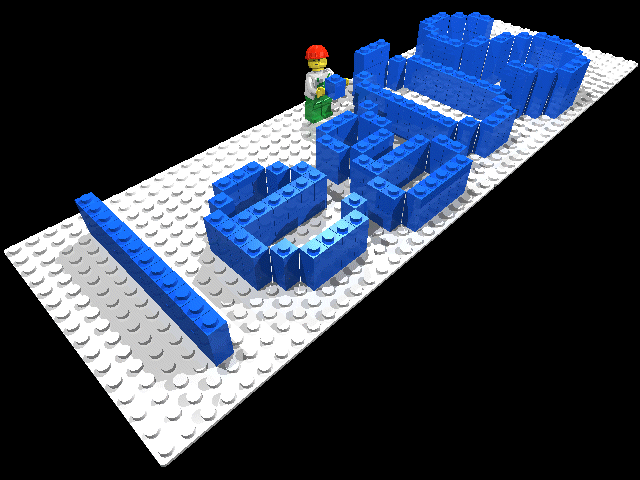
A Brief History Of Legos:
In 1932 a man named Ole Kirk Christiansen who was known for
his carpentry established a small business in the village of Billund, Denmark
The company originally manufactured woode toys and household needs such as stepladders
and ironing boards. In 1934 the company and its products adopted the name LEGO,
formed from the Danish words "LEg GOdt" ("play well"). Later, it was discovered
the LEGO also means "I put together" in Latin. In 1947 The LEGO Company was
the first company in Denmark to buy a plastic injection-moulding machine for
its toy production. This machine helped to increase the company's production
and revenue by a significant amount. In 1949 the company established its signature
Automatic Binding Brick with four and eight studs. By the 1960s the company
had experienced its second big fire in which an enire warehouse was engulfed
and consequently discontinued its production of wooden toys. The company continues
producing its signature plastic products and in 1987 they come up with the LEGO
Brick. The insructional usage of LEGOs became a bigger part of mainstream culture
and in 1999 Mitchell Resnick of MIT was named the new LEGO Papert Professor
of Learning Research.
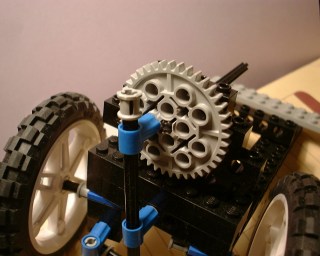
OUR BIG IDEA
We thought:
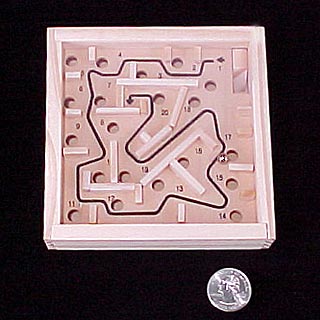

+
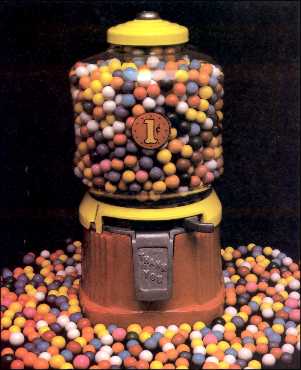

=


So we created the Labyrinth which gives children
a fun and challenging exercise rewarding them with a sweet treat!

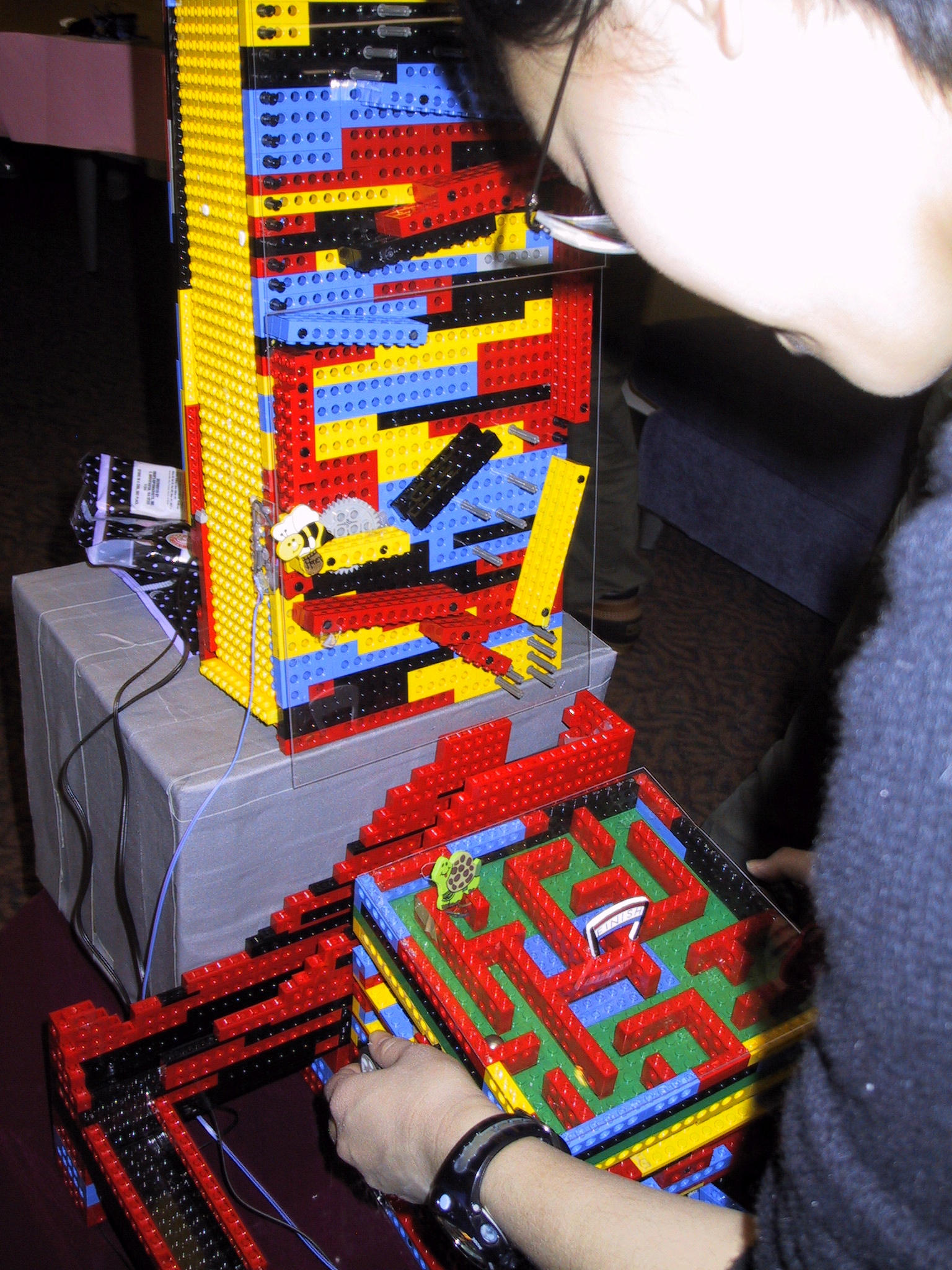


In the Works:
Both the game and the Candy Machine were constructed entirely
out of LEGOs. In order to build strong structures we used a technique called
vertical bracing. Vertical bracing uses beams and pegs to make LEGO structures
more durable. We then decided in the interest of making both the game and the
candy machine more exciting we would add sensors. Due to the way our game was
built and the limited number of touch sensors, our group had to make our own
touch sensors from wires and LEGOs. These sensors were then used throughout
the candy machine and the game to illicit the fun noises and the quirky actions
you have witnessed.
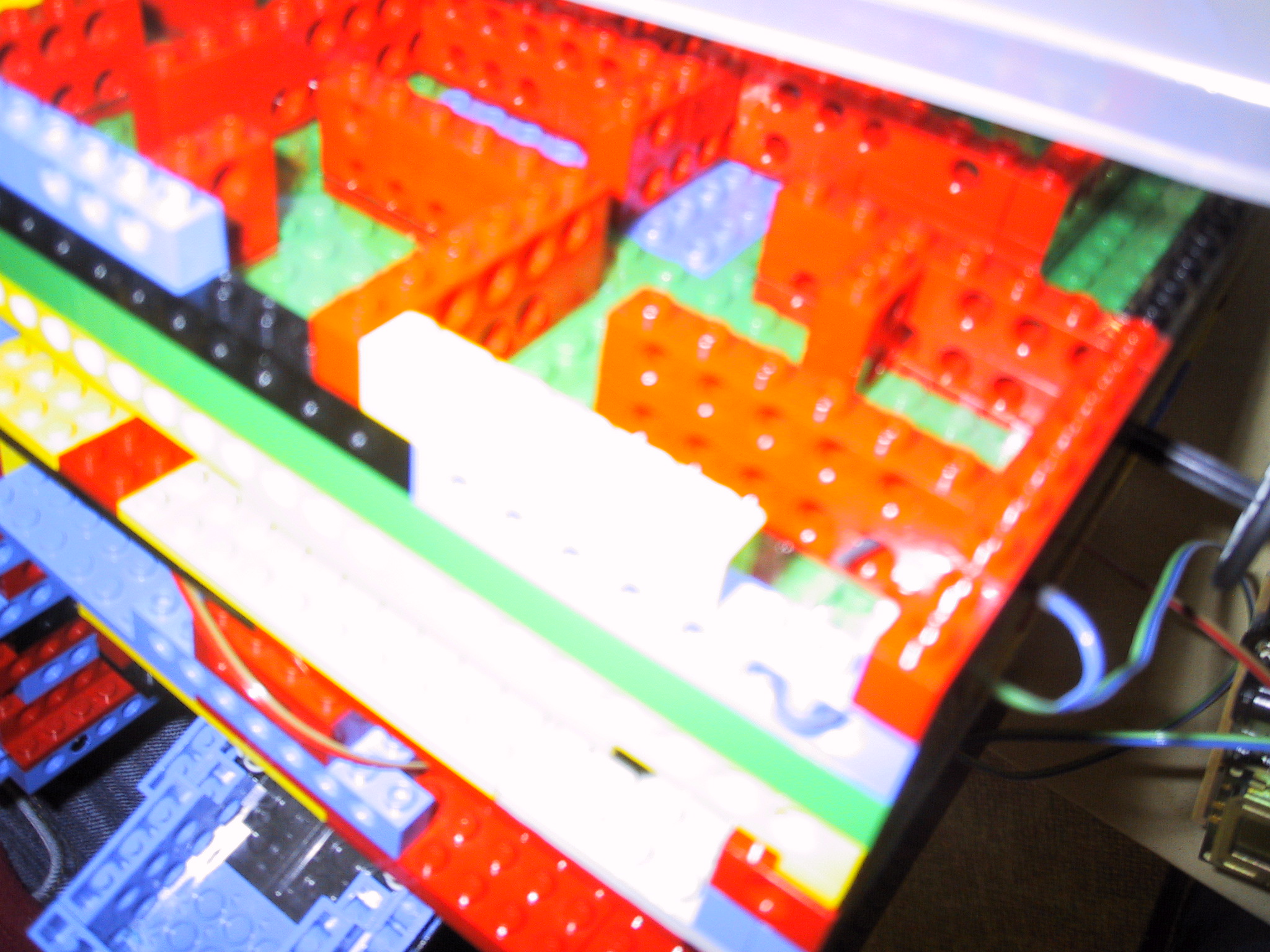
Challenges:
We encountered numerous challenges, some of which we will highlight
below.
Challenge 1: Ensuring the litle metal ball does
not get stuck in the signature LEGO grooves throughout its track.
Solution1: Line the track with transparency paper so that the
ball has a smooth surface to travel on.
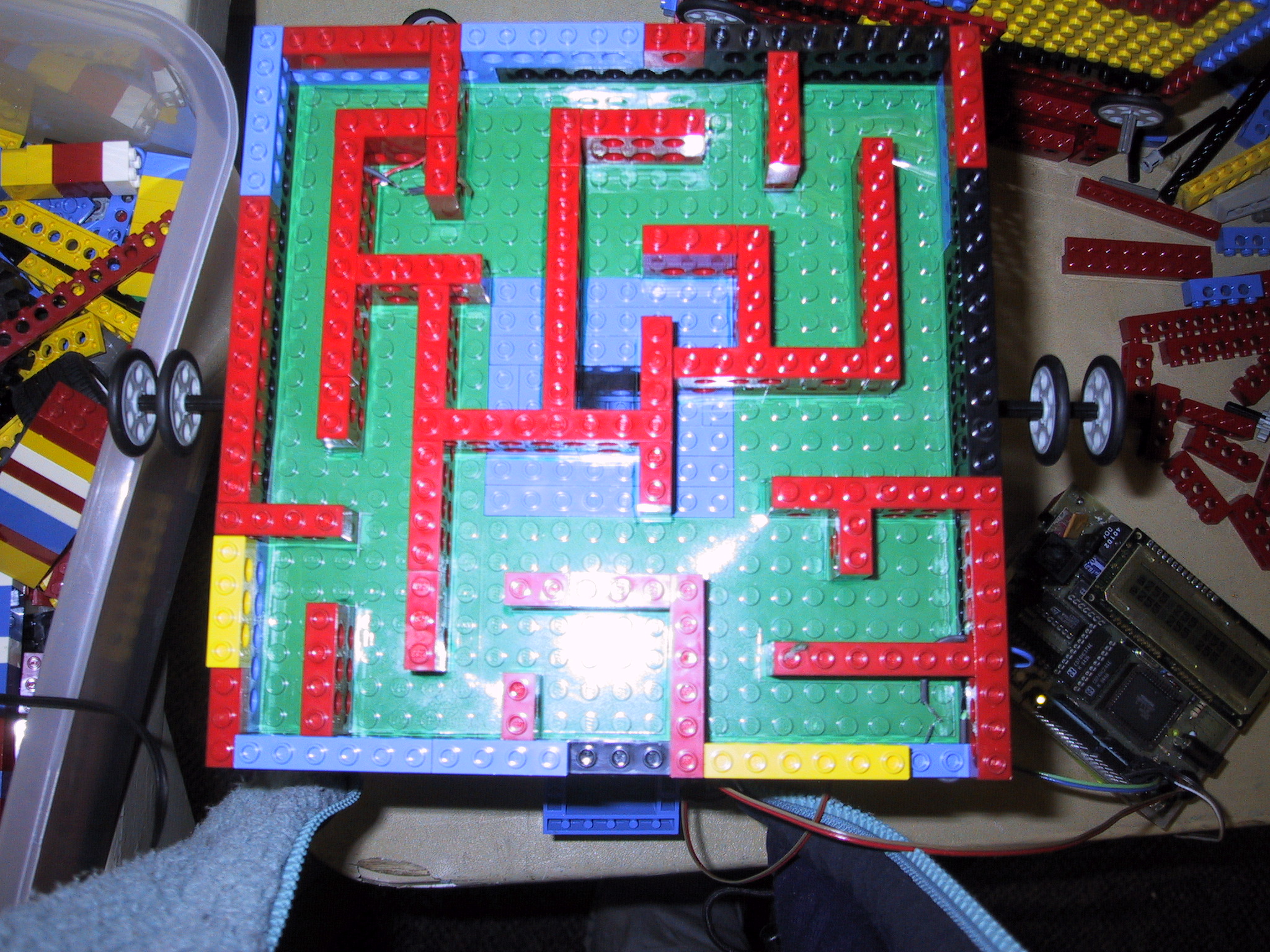
Challenge 2: Devising a structure to catch the ball and sense
when a person has won the game.
Solution 2: Place touch sensors on the perimiter of the hole
the metal ball will fall through. Then create a see saw like structure with
magnets on the front that make it heavier and attract the metal ball.

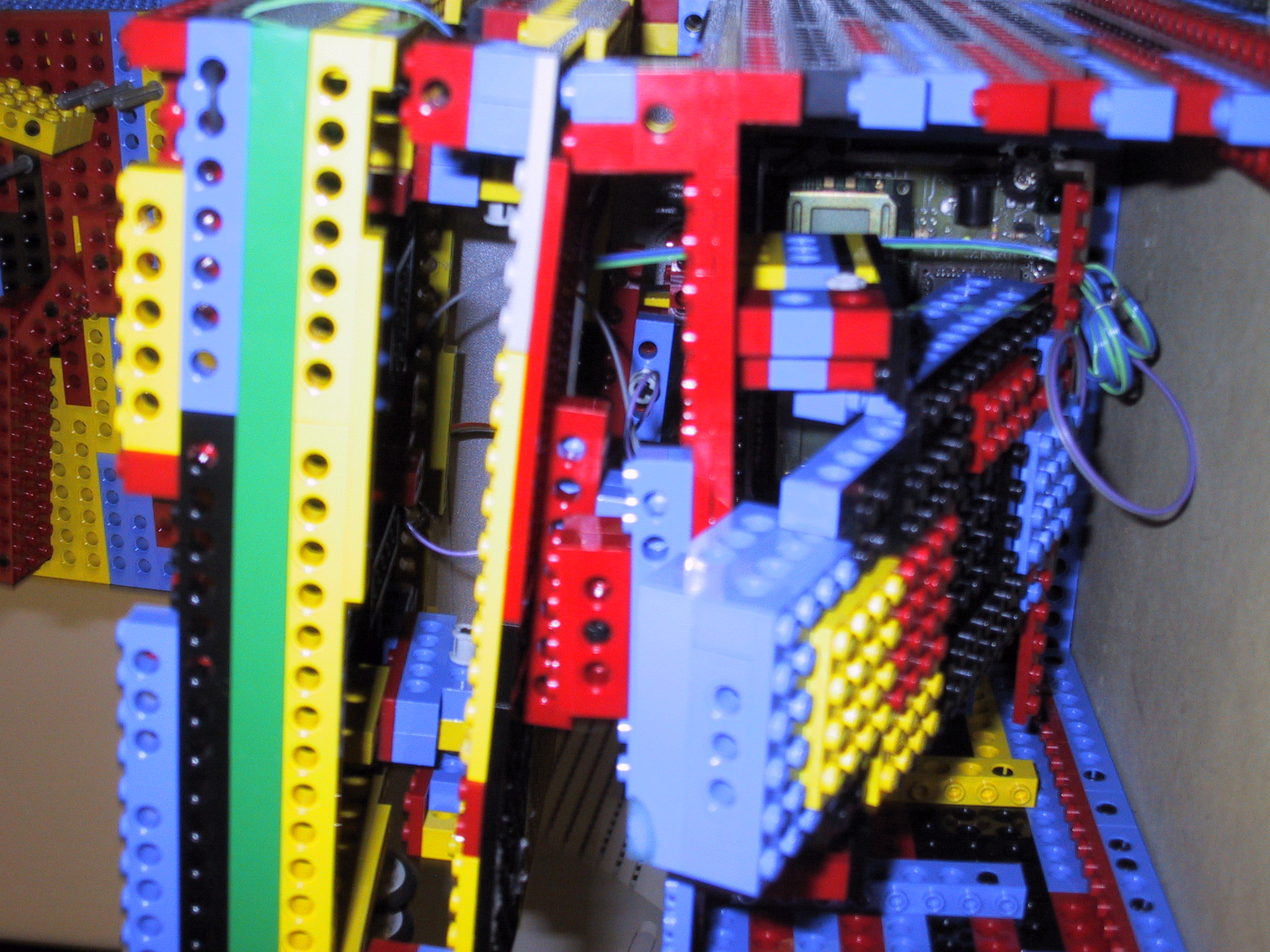
Challenge 3: Creating a catapult with very little torque.
Solution 3: Attach a 24 gauge gear to a motor with two 7 flu
LEGOs attached to them. The LEGOs will act as the catapult moving back and forth
once the motor is activated.

Challenge 4: Finding sensors small enough to fit in our labyrinth
and our gumball machine
Solution 4: Because there was a shortage of sensors and the
few that were available could not fit in our project we decided to make our
own sensors. We used the sottering technique taught to us by Prof. Berg and
with a little bit of wire, some sotter, and some heat we had created all
the sensors needed for our project. Although these sensors were very delicate
they served the purpose of our project well as they needed to be sensitive
to detect the ball.

THE METHOD BEHIND OUR MADNESS:
to game
when [(sensor 2) < 10] [sound3 startdrop]
loop[
if ((sensor 0) < 10) [sound1]
if ((sensor 1) < 10) [sound2]
]
end
to startdrop
a, onfor 16
loop[ waituntil [(sensor 3) < 10] throw sound4]
end
to throw
b, rd onfor 1 rd onfor 2
end
to sound1
note 80 1
note 82 1
note 84 1
note 85 1
end
to sound2
note 84 1
note 85 1
note 87 1
note 89 1
end
to sound3
note 87 1
note 89 1
note 91 1
note 92 1
wait 1
note 92 1
wait 1
note 92 1
end
to sound4
note 92 1
note 91 1
note 89 1
note 87 2
end


















